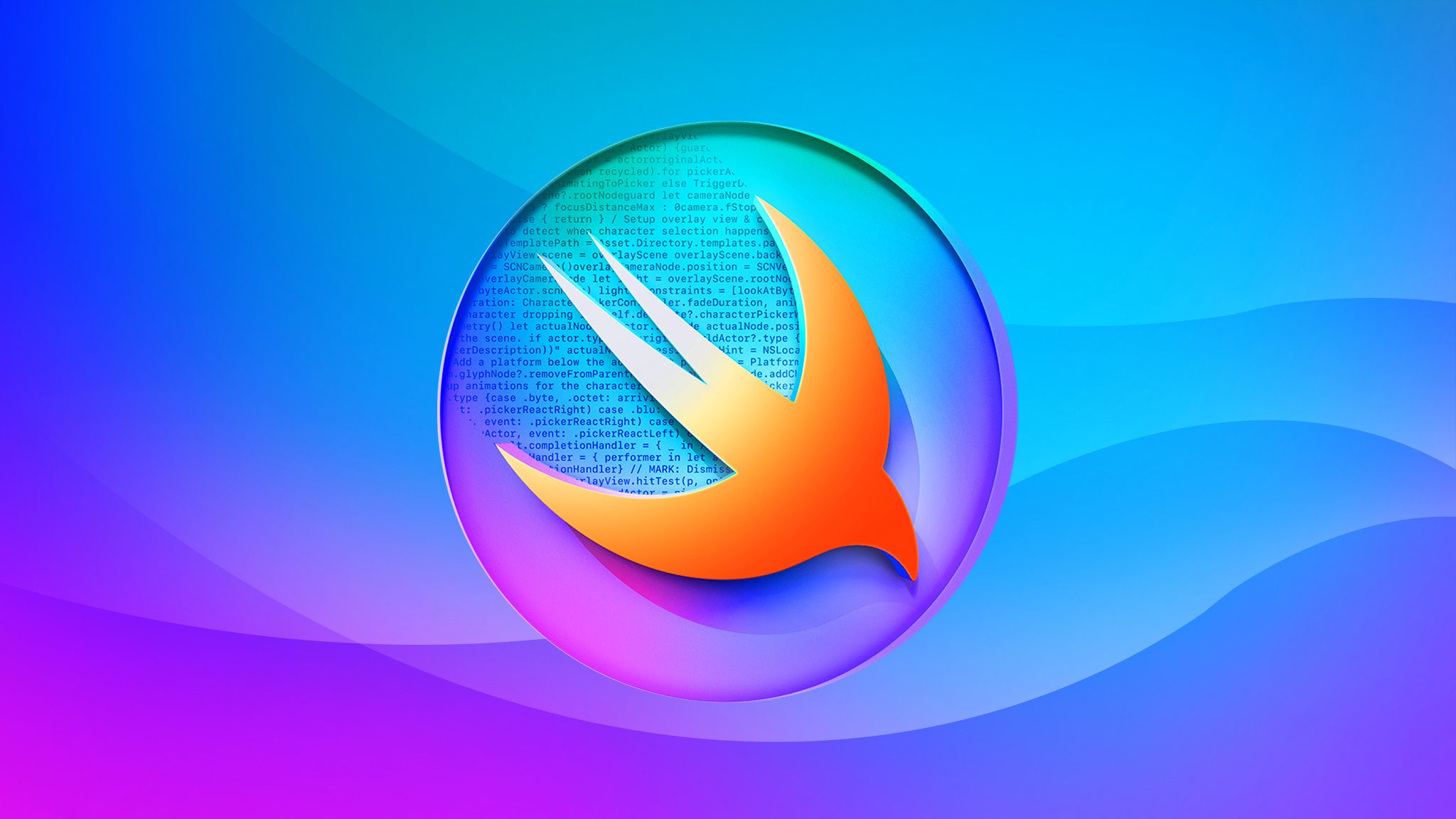Kaitlyn Cimino / Android Authority
TL;DR
- The Google Pixel Watch 3 is the first known Android device to support Bluetooth Channel Sounding, enabling precise, centimeter-level distance tracking.
- This feature is more accurate than traditional Bluetooth signal strength for finding items and serves as a widespread, low-cost alternative to UWB.
- While the watch supports Channel Sounding after its Wear OS 5.1 update, the feature is not yet in use, likely in preparation for a future Find Hub app release.
Late last year, the Bluetooth Special Interest Group (SIG) announced Bluetooth 6.0, introducing a feature called Channel Sounding that enables true distance awareness by precisely calculating the distance between two devices. This new capability has exciting implications for item trackers, most of which lack precision finding. The catch? It seemed no Android devices on the market supported Bluetooth 6.0 or Channel Sounding. As it turns out, there is one device that supports Channel Sounding: the Google Pixel Watch 3.
You’re reading an Authority Insights story. Discover Authority Insights for more exclusive reports, app teardowns, leaks, and in-depth tech coverage you won’t find anywhere else. These reports reflect developments at the time of writing. Some features or details uncovered in leaks may change before official release.
Most Bluetooth devices currently rely on measuring the signal strength between them to estimate distance. While simple to implement, this method is unreliable; it’s imprecise and susceptible to interference, making it frustrating for item tracking. In contrast, Channel Sounding calculates the time it takes for a signal to travel between two devices, achieving centimeter-level accuracy.
If you’ve ever struggled to locate an item tracker using your phone, it’s likely because it was relying on that same imprecise signal strength method. This is why the rollout of UWB (Ultra-wideband) support in devices like the Moto Tag was so significant, as UWB allows for far more precise location tracking than what Bluetooth’s signal strength can offer.
Left: Locating an item tracker using Bluetooth signal strength measurements. Right: Locating an item tracker using UWB.
However, UWB adds complexity and cost to a product. It’s also only preferable for a handful of use cases, which is why so few Android phones support it. In contrast, nearly every mobile device supports Bluetooth. This ubiquity makes Channel Sounding a viable alternative to UWB, even if it’s not quite as precise.
The only catch is that most existing mobile devices don’t support Channel Sounding and likely never will, as adding the feature requires a Bluetooth firmware update. To date, no Android phone — not even Google’s latest Pixel devices — has received such an update. The Google Pixel Watch 3, however, gained this capability with its recent Wear OS 5.1 update. Following the update, the watch now reports that it supports FEATURE_BLUETOOTH_LE_CHANNEL_SOUNDING, the specific Android feature flag that confirms Channel Sounding is supported. Given that Channel Sounding is a Bluetooth 6.0 feature, we can assume this means the Pixel Watch 3 was updated to support the new standard, but that hasn’t been officially confirmed.

Mishaal Rahman / Android Authority
Even with UWB, the Pixel Watch 3 still benefits from having Channel Sounding. The problem is there’s no evidence the feature is actually being used. That’s likely because Google hasn’t released its Find Hub app for Wear OS, though evidence suggests one is in the works. Find Hub would be the prime candidate for using Channel Sounding, as it would dramatically improve locating trackers that have Bluetooth 6.0 but lack UWB, like the Chipolo POP.
Google may be waiting for Android 16 to fully implement this. The new OS version adds generic ranging APIs that will simplify how apps like Find Hub use these tracking technologies. Speaking of Android 16, its compatibility requirements mandate a clear performance minimum. Google mandates that devices with Channel Sounding must “report the range accurately to within +/- 0.5m at the 90th percentile … at a distance of 1m.” This requirement sets a minimum performance bar, ensuring the tracking experience is reliable across different devices. Of course, whether that holds up in practice remains to be seen.









